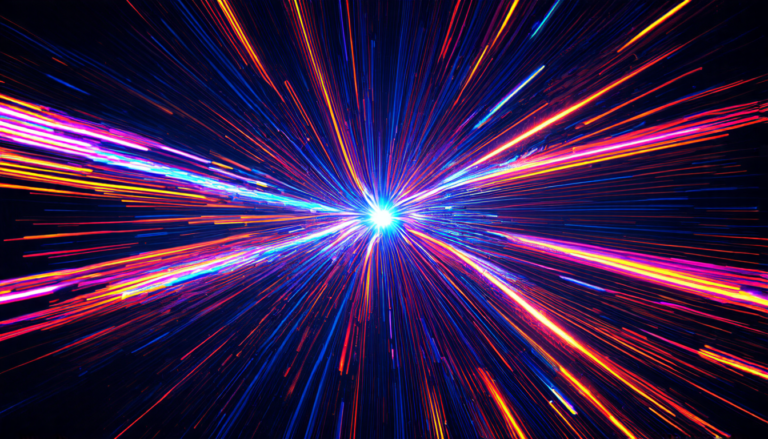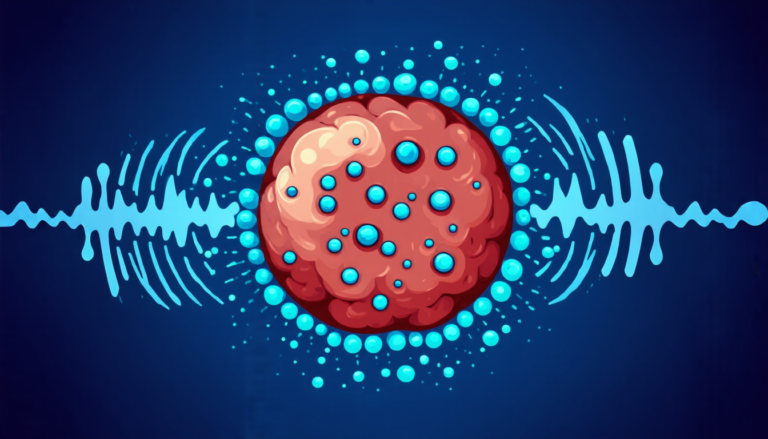Wednesday 09 April 2025
Researchers have made a significant breakthrough in understanding the geometry of three-dimensional spaces, uncovering new insights into the way these complex structures can be broken down and reconstructed. The study, published recently, sheds light on the intricate relationships between triangles and hyperbolic manifolds, paving the way for further exploration into the fundamental nature of space.
In essence, the research revolves around the concept of triangulation – a process by which a three-dimensional shape is divided into smaller triangular pieces. This may seem simple enough, but when applied to complex spaces like hyperbolic manifolds, the math becomes exponentially more challenging. Hyperbolic manifolds are topological spaces that exhibit properties similar to those found in the universe, where distances and angles can appear distorted or curved.
The researchers’ innovative approach involved developing a new method for triangulating these hyperbolic manifolds, allowing them to identify patterns and structures that had previously gone unnoticed. By doing so, they were able to construct precise models of these spaces, providing valuable insights into their geometry and topology.
One of the key findings is the existence of a specific type of triangulation, known as an ‘ideal hyperbolic polyhedron’, which can be used to describe the structure of certain hyperbolic manifolds. This discovery has far-reaching implications for our understanding of space-time itself, as it highlights the intricate relationships between geometric shapes and the fabric of reality.
The study also explores the concept of angle structures, which are essential in describing the geometry of three-dimensional spaces. Angle structures involve assigning specific angles to each vertex of a triangular piece, allowing researchers to better understand how these pieces fit together to form larger structures.
By combining these ideas, the researchers have been able to create detailed models of hyperbolic manifolds, shedding light on their intricate geometries and topologies. This new understanding has significant implications for various fields, including physics, mathematics, and computer science.
In practical terms, this breakthrough could lead to advancements in areas such as data compression, cryptography, and even the simulation of complex systems like black holes. Moreover, it may also shed new light on our understanding of the fundamental laws governing the universe, potentially revealing hidden patterns and structures that underlie reality itself.
The research marks a significant step forward in our quest to comprehend the intricate complexities of three-dimensional space, opening up new avenues for exploration and discovery.
Cite this article: “Unveiling the Hidden Geometry of Three-Dimensional Spaces: A Breakthrough in Hyperbolic Manifold Theory”, The Science Archive, 2025.
Geometry, Three-Dimensional Spaces, Triangulation, Hyperbolic Manifolds, Angle Structures, Polyhedron, Topology, Mathematics, Physics, Computer Science







